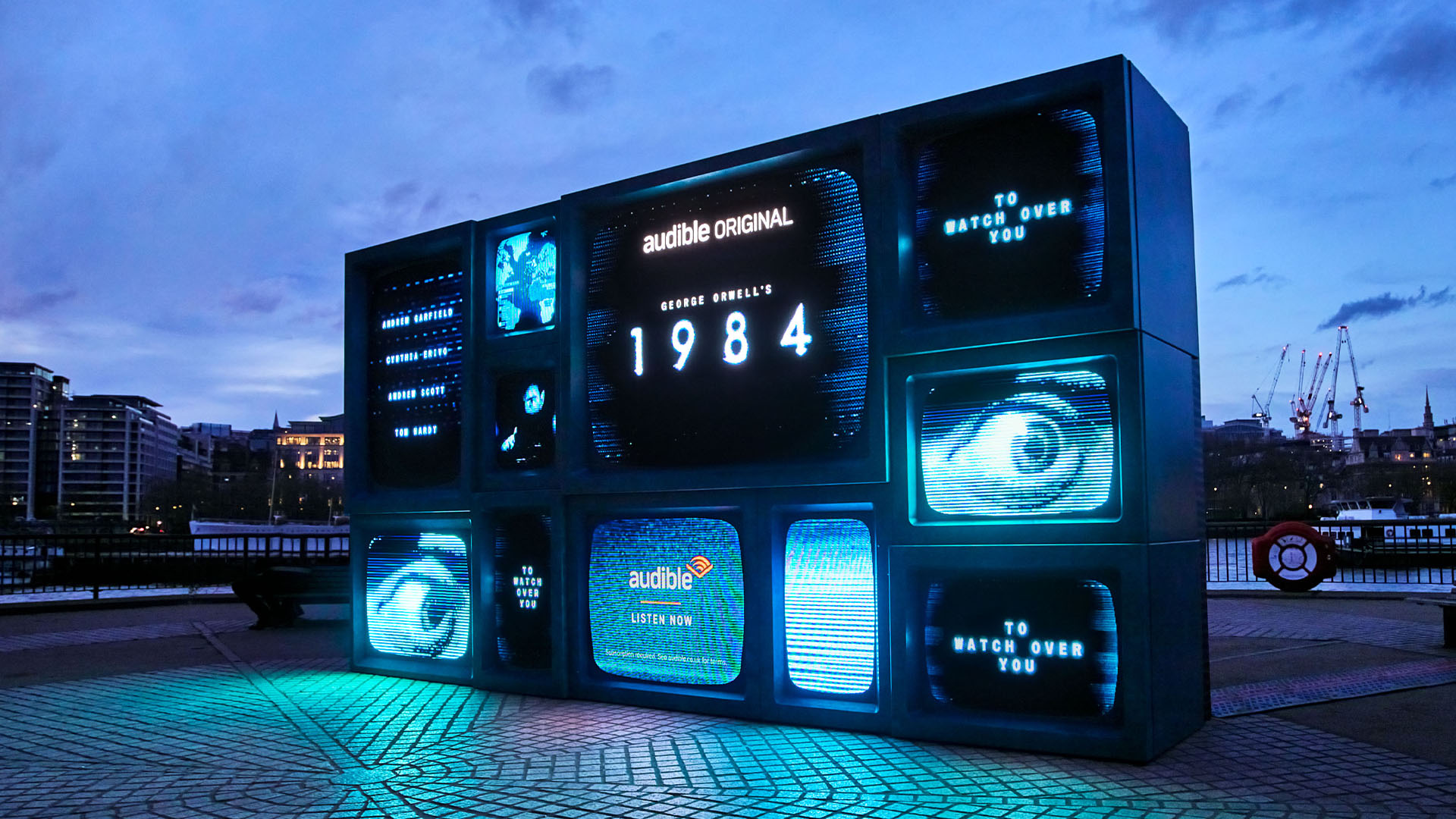
"Experiential design triggers senses, creating a dialogue with the audience, where the experience resonates beyond the moment, evoking emotive responses."
"Successful experiential design answers 'how will this moment be remembered?', initiating a bilateral exchange that ignites human curiosity and elevates the interaction."
"Unlike traditional design, which serves the brief, experiential design serves the audience by provoking thoughtful questions about feelings and lasting impressions."
"Experiential design’s essence lies in crafting unforgettable moments, focusing on what audiences take away, ultimately shaping their subsequent actions and thoughts."
Experiential design diverges from traditional design by emphasizing audience engagement and emotional resonance. While traditional design responds primarily to project briefs, experiential design caters to the audience's feelings and sensory experiences. This approach creates a dialogue, inviting audiences to reflect on how moments will be remembered and encouraging emotional connections that linger long after interactions. Successful experiential design not only captures attention but also stimulates curiosity and fosters memorable dialogues between the designer and the audience, influencing their actions and thoughts in meaningful ways.
#experiential-design #traditional-design #audience-engagement #emotional-resonance #sense-activation
Read at Creative Bloq
Unable to calculate read time
Collection
[
|
...
]